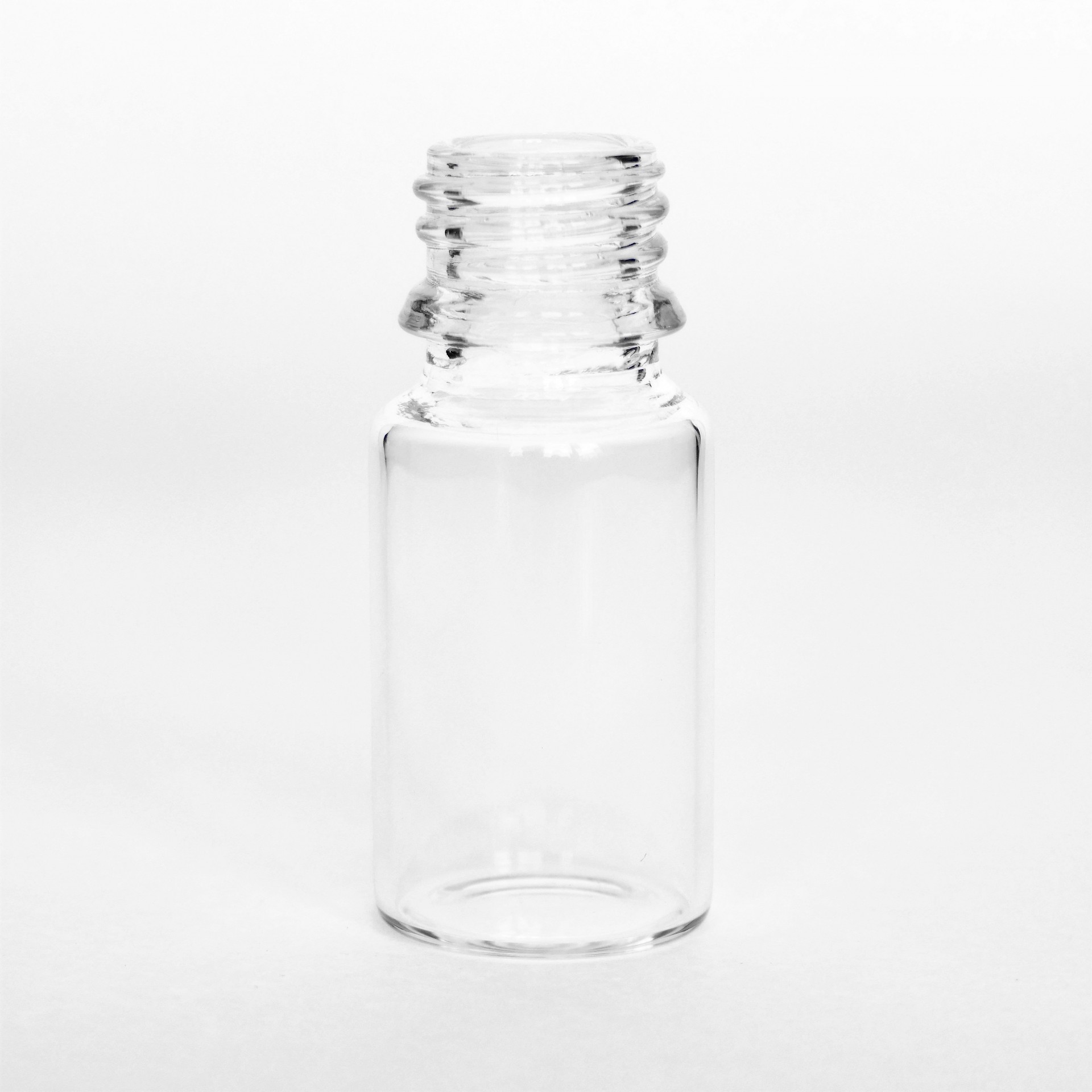
As we continue to examine areas of excessive waste to enhance affordability, it’s crucial to put all areas under the microscope, including pharmaceuticals. Though convenient, single-dose injection vials lead to wasted medication. In fact, in 2018, the Centers for Medicaid & Medicare Services (CMS) reportedly paid $725 million for discarded drugs administered in hospital outpatient clinics and physician offices. Also, this number does not account for in-hospital use nor non-Medicare payors. And this number is substantially more significant when reviewing chemotherapies in single-dose vials. For Medicare, the estimated cost for this area of waste is $2.8 billion.
So what is the reason for this waste?
Analysis and reasoning determined a considerable amount of this waste is due to weight-dosing, and the inability to reuse medication in a vial per the manufacture’s recommendations. Yet, these issues are solvable. From a study perspective, weight-based dosing with alternative dosing trials occurs infrequently. By making such comparisons, we could move away from such a method of dosing. A secondary benefit would be a decrease in administration error due to the weight-based calculation. The FDA could also pivot and require companies seeking new or extended therapeutic indications to use fixed doses in their study design.
As we evaluate delivering medication for multiple patients from a single vial, it’s necessary to overcome both the conceptual and real issues. Currently, numerous dose vials are distributed, but only for a single patient, such as with insulin. However, vaccination usage can span multiple patients.
The US Department of Health and Human Services could focus its attention on present policies to help providers determine what is allowable and safe. Additionally, it would be valuable to develop technology that can assist in the safe use of single vials for multiple patients. Reimbursement models may also be adjusted to align incentives better. Payment by treatment episode rather than by the volume or cost of a drug vial would incent the use of all potential medication and decrease waste.
As we continuously strive to improve our efficiencies, we must focus on our practices, the regulatory environment, and science. There are hidden improvements at every turn. We must remember that decreasing the production cost of care for a service unit will reduce the cost to the consumer, thereby improving affordability. Let us be creative in all aspects of our continued journey of value-based care.
